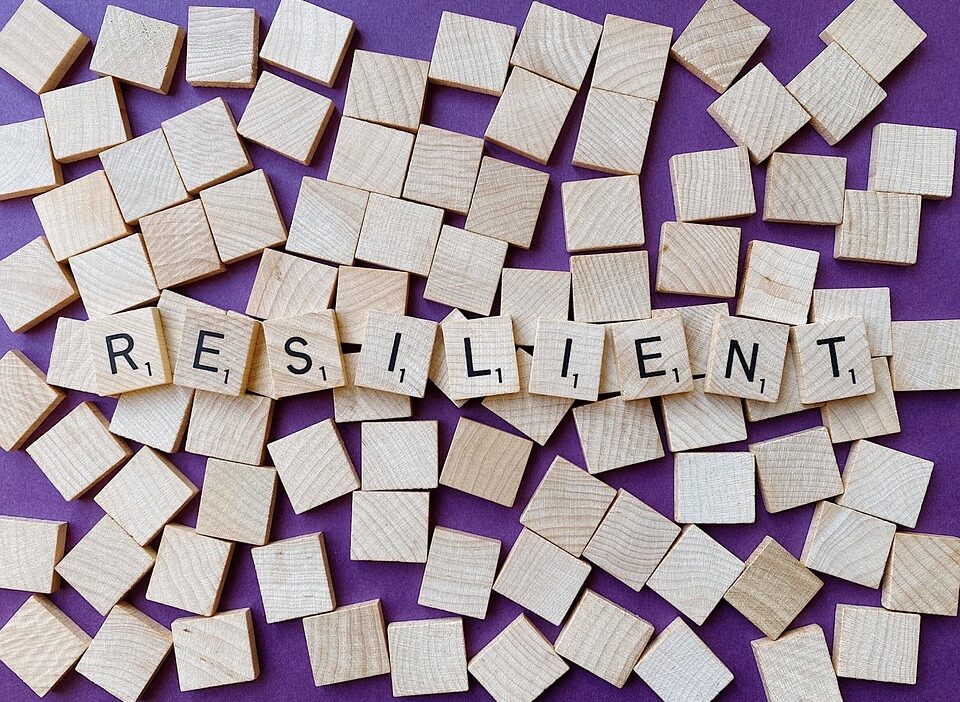The landscape of game development is ever-evolving, a vibrant patchwork of creativity and technology. At its core, successful game development hinges on collaboration. The ability of diverse teams to work together effectively can make or break a project. This playbook outlines essential strategies for fostering collaboration in game development, ensuring that creative visions are realized, deadlines are met, and players are engaged.
1. Establish Clear Communication Channels
Why It Matters:
Effective communication is the bedrock of any collaborative effort. In game development, where teams may be cross-functional (designers, developers, artists, marketing), clear communication is vital to prevent misunderstandings and keep everyone on the same page.
How to Achieve It:
- Regular Check-ins: Schedule daily or weekly stand-ups to update team members on progress, address challenges, and recalibrate plans.
- Use Collaboration Tools: Leverage tools like Slack, Trello, or Jira to keep conversations organized and projects on track.
- Create Documentation: Maintain a centralized hub for game design documents, code repositories, and asset management using platforms like Confluence or GitHub.
2. Foster Inclusivity and Diverse Perspectives
Why It Matters:
Game development thrives on diverse ideas and perspectives. Different backgrounds contribute unique solutions to design challenges and enhance the gameplay experience.
How to Achieve It:
- Encourage Participation: Make it easy for all team members to share ideas, whether through brainstorming sessions or design sprints.
- Build Inclusive Teams: Recruit individuals from various disciplines and backgrounds to create a rich tapestry of ideas.
- Host Workshops: Organize workshops or hackathons that invite team members to collaborate on specific problems or features.
3. Define Roles and Responsibilities
Why It Matters:
Ambiguity around roles can lead to overlaps and gaps in responsibilities, causing frustration and inefficiencies.
How to Achieve It:
- Create Role Descriptions: Clearly define roles, responsibilities, and expectations for each team member at the outset of the project.
- Establish Ownership: Assign specific team members to take charge of particular elements, fostering accountability and expertise.
- Regular Role Reviews: As projects evolve, revisit and adjust roles to align with team dynamics and project needs.
4. Embrace Agile Methodologies
Why It Matters:
Agile methodologies, including sprints and iterative development, foster flexibility and responsiveness to change—critical in game development, where ideas can evolve rapidly.
How to Achieve It:
- Implement Scrum or Kanban: Use frameworks that support iterative development, enabling teams to pivot based on testing results or player feedback.
- Feedback Loops: Regularly gather and incorporate player feedback to guide development in a direction that resonates with users.
- Retrospectives: Conduct retrospective meetings to analyze what went well and what didn’t, fostering a culture of continuous improvement.
5. Encourage Cross-disciplinary Collaboration
Why It Matters:
Many aspects of game development intersect; understanding these intersections enhances the final product’s quality and cohesiveness.
How to Achieve It:
- Joint Meetings: Host cross-team briefings to discuss how various disciplines (art, programming, design) can integrate their work.
- Shadowing Programs: Allow team members to spend time in different departments to gain a deeper understanding of their roles and challenges.
- Prototype Together: Encourage designers and developers to work closely during the prototype phase to ensure that gameplay mechanics align with artistic vision.
6. Build a Culture of Trust and Respect
Why It Matters:
Teams that trust each other are more likely to be open, honest, and innovative. Respect for each other’s expertise fosters a safe space for experimentation and risk-taking.
How to Achieve It:
- Celebrate Achievements: Acknowledge both individual and team successes, from milestone completions to creative breakthroughs.
- Encourage Openness: Create an environment where feedback is constructive and seen as an opportunity for growth, not criticism.
- Conflict Resolution: Establish a framework for addressing conflicts that may arise promptly and constructively, maintaining harmony in the team.
7. Leverage Technology for Remote Collaboration
Why It Matters:
In today’s globalized workspace, teams may be distributed across different continents. Effective remote collaboration tools can bridge distances and maintain productivity.
How to Achieve It:
- Adopt Cloud-Based Tools: Utilize cloud storage and collaborative software to enable real-time editing and sharing of assets.
- Facilitate Virtual Workshops: Use video conferencing tools for brainstorming sessions or workshops to maintain engagement among remote team members.
- Provide Training: Ensure all team members are trained in necessary software and tools to facilitate smooth collaboration.
Conclusion
Collaboration in game development is both an art and a science. By fostering clear communication, embracing diversity, utilizing agile methodologies, and building a supportive and respectful culture, teams can navigate the complexities of game design more effectively. In an industry driven by innovation, collaboration isn’t just a tactic—it’s a vital ingredient for success. Embrace it, nurture it, and watch your games come to life in ways you never imagined.



